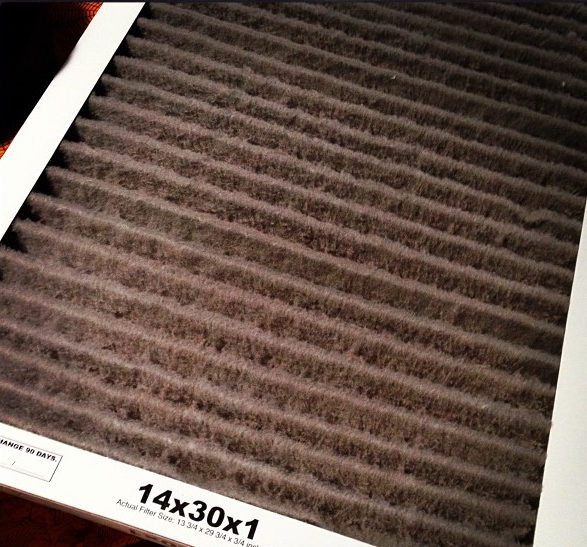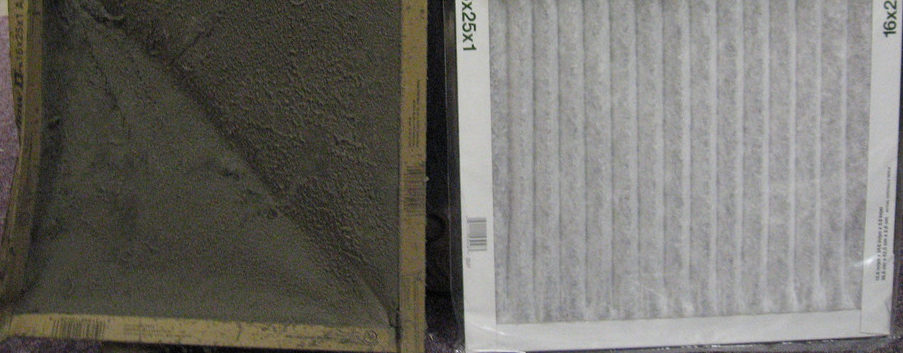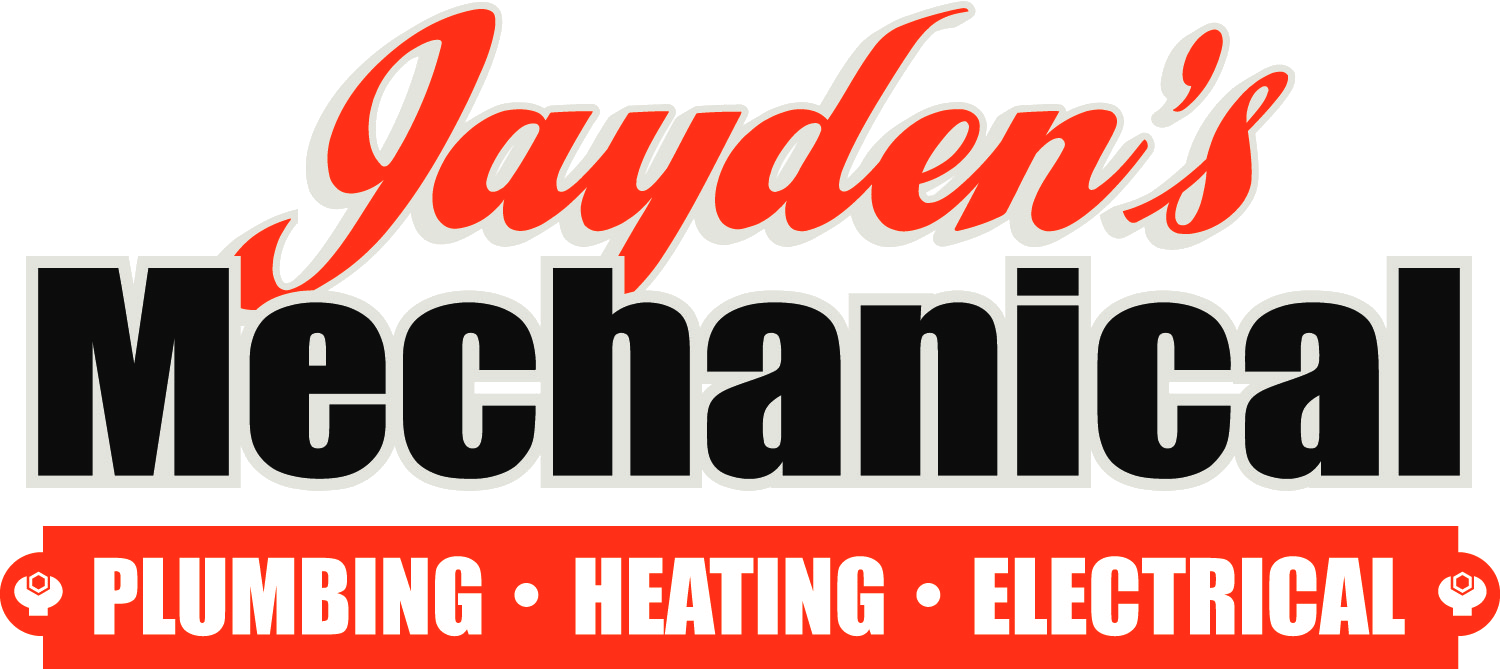Heating
Furnace Filters 101
You probably don’t think too much about your furnace during the summer, but it’s pretty much the only thing you want working come winter. To keep your furnace in working order and to prevent clogging, you’re going to need to think about its filters!
Your furnace’s filter protects the blower fan from dust, debris, hair, and other particles and allergens that the return duct sucks in, removing these contaminants from being recirculated through your home. Despite this, its main job is to protect your fans and the various implements in your furnace from particulate matter and to do this, you need to take care of it.
Types of Filters
There are three common kinds of furnace filters out there:
Disposable pleated filters are the most common kind you’ll encounter; made out of cardboard and polyester, they do a more-than-adequate job of filtering out common particles. Depending on their size and brand, they could range in price from a couple of dollars to $40. Pleated filters require monthly checks, and have to be changed every ninety days to prevent clogging.
Disposable fiberglass filters have a fairly strange spider web look, but they’re no fancier than pleated filters. In fact, fiberglass filters are the cheapest kind, and often times this is reflected in how they work and how structurally integral they are. This means you have to check and change them more frequently, too.
Reusable filters are made from solid materials like aluminum and plastic, and this means, depending on the size, they’re more costly purchases. But they can also be solid investments, and if you clean them via water or vacuuming every ninety days, they can last as long as five years.
Maintenance is fairly easy – swap them out or clean them off – but you have to remember to do it regularly. You also have to remember to get the right ones for your home!
Your Filter’s MERV Rating

A common term you might hear or read about is the filter’s MERV rating. MERV stands for “minimum efficiency reporting value”, and it measures how effective it is at removing particles from the air. It rates it on a scale of 1 – 16:
- A 1-4 MERV rating is minimal filtration, and it’s good enough for ordinary residential homes. It removes pollen, dust mites, and textile fibers out of the air. These filters are usually of the disposable fiberglass variety.
- A 5-8 MERV rating is an upgrade. It’s good for higher-quality homes and commercial businesses, and it can remove particles as small as hairspray molecules. These can be the disposable pleated or reusable filters.
- A 9-12 MERV rating is the highest one can get for a home. It can remove particles as small as 1-3 micrometers in diameter. Anything of this rating is probably an electrostatic filter, which are more expensive.
- A 13-16 MERV rating is for hospitals and other places where even the smallest sizes, like bacteria, need to be filtered out of the air.
Your furnace manual can tell you what MERV rating your filter must have.
Filter Sizes
The size of filter you’ll encounter will vary by type, but before you pick one, you have to know which size your furnace will accommodate. Remove your current filter or check your furnace manual to find out what size will be right for you.
Filters are sized by by height, thickness, and length. For height and length, this can be anywhere between 10” x 10 “ and 30” x 30”. How thick they are depends on their MERV rating, but it’s usually between 1” and 4”.
 Replacing or Cleaning Your Furnace Filter
Replacing or Cleaning Your Furnace Filter
Before you change or clean your filters, remember to take basic steps to ensure it’s done safely: turn off the system, remove the clogged filter, and replace it. The filter will have an arrow showing airflow direction, and this indicates how you put the filter into its slot; check your system to see the direction, and label it for yourself so you’ll always know which way to put the filter in. It’s a very simple process!



